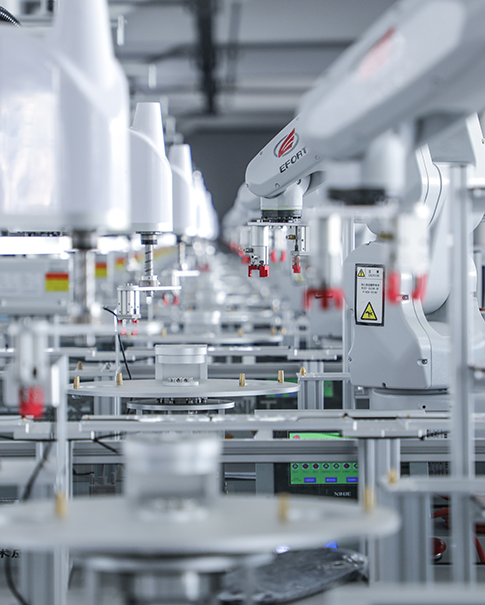Condition-Based Maintenance (CBM) is revolutionizing industrial reliability by shifting from reactive or time-based maintenance to a data-driven, predictive paradigm. This blog explores how CBM integrates advanced technologies to optimize equipment health, reduce downtime, and enhance operational efficiency.
The Evolution of Maintenance Strategies
Traditional maintenance approaches like reactive repairs and preventive schedules are increasingly inadequate for modern industrial demands. CBM emerged as a cost-effective alternative by focusing on real-time equipment condition monitoring rather than fixed intervals 1. Key phases include:
Reactive Maintenance: Addressing failures after they occur, leading to high downtime costs.
Preventive Maintenance: Over-maintenance based on time, often replacing components prematurely.
CBM: Leveraging sensor data and analytics to predict failures and optimize interventions.
Example: Vibration sensors in turbines detect early wear, enabling timely replacements before catastrophic failure.
Core Components of CBM
A robust CBM framework relies on three pillars:
a. State Monitoring
Multi-sensor integration: Temperature, vibration, ultrasonic, and pressure sensors capture diverse physical parameters 2.
Edge computing: Real-time data processing at the source reduces latency and bandwidth requirements.
b. Fault Diagnosis & Prognostics
Machine learning algorithms: Analyze historical and real-time data to identify failure patterns (e.g., bearing degradation).
PHM (Prognostics and Health Management): Combines physics-based models and AI to predict remaining useful life (RUL) 1.
c. Decision Support
Dynamic thresholds: Adjust alert levels based on operational context (e.g., load variations).
Root cause analysis: Tools like fault trees link symptoms to underlying issues (e.g., lubrication failure).
Technologies Driving CBM Adoption
IoT & Connectivity
Wireless sensor networks enable continuous monitoring of remote or hazardous equipment.
Cloud platforms aggregate data across facilities for centralized analytics 2.
AI & Big Data
Deep learning models process unstructured data (e.g., thermal images, audio signals).
Digital twins simulate equipment behavior under different scenarios for proactive planning.
Benefits of CBM
Cost Reduction: Reduces unnecessary maintenance by 20–40% and downtime by up to 50% 2.
Safety Improvement: Early detection of critical failures (e.g., gas leaks) prevents accidents.
Sustainability: Optimizes energy use and extends asset lifespan, aligning with ESG goals.
Implementation Roadmap
Sensor Deployment: Select optimal sensor types and locations based on failure modes.
Data Infrastructure: Ensure secure, scalable storage and processing capabilities.
Model Training: Validate algorithms with historical failure data.
Integration with CMMS: Link predictions to maintenance workflows (e.g., automated work orders).
Conclusion
CBM transforms maintenance from a cost center to a strategic enabler of reliability. By integrating IoT, AI, and PHM methodologies, industries can achieve unprecedented operational resilience. As the global predictive maintenance market grows toward $734.5 billion by 2025 2, early adopters will gain a decisive competitive edge.
Email us
Reply within one working dayVisit us
32D Guomao Building, No.388, Hubin South Road, Siming DistrictDisclaimer : Salesplc sells new and surplus products and develops channels for purchasing such products. This website has not been approved or recognized by any of the listed manufacturers or trademarks. Salesplc is not an authorized distributor, dealer, or representative of the products displayed on this website. All product names, trademarks, brands, and logos used on this website are the property of their respective owners. The description, explanation, or sale of products with these names, trademarks, brands, and logos is for identification purposes only and is not intended to indicate any association with or authorization from any rights holder.
Copyright @2024 SalesPlc Limited. Sitemap
/ Blog
/ XML
/ Terms And Conditions
/ Privacy Policy
 Network Supported
Network Supported
